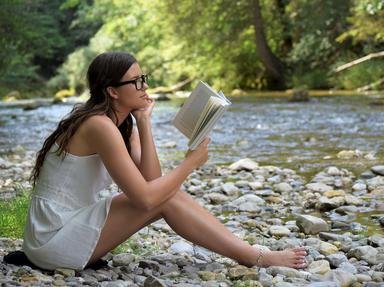Quiz Answer Key and Fun Facts
1. Published in 1948, "Cry, the Beloved Country" by Alan Paton is set in which country?
2. The folk tales and mythology of which country provide the material for the nineteenth century epic poem the "Kalevala", which was one of the influences on Tolkien's "Lord of the Rings"?
3. In which novel could you meet the fictional characters Natasha Rostova and Pierre Bezhukov, as well as the real person Field Marshal Kutuzov?
4. Which Colombian author, who wrote "Love in the Time of Cholera" and "One Hundred Years of Solitude", received the Nobel Prize for Literature in 1982?
5. One of the four "Queens of Crime" alongside Margery Allingham, Agatha Christie and Dorothy L. Sayers, which New Zealand writer created the detective Roderick Alleyn?
6. In which language were the Indian epic poems the "Mahabharata" and the "Ramayana" written?
7. Published in 1960 and filmed two years later, which novel by a female author in the USA features the lawyer Atticus Finch, voted in 2003 as the greatest hero in all American cinema by the American Film Institute?
8. "Romance of the Three Kingdoms" and "The Water Margin" are fourteenth century classic novels in the literature of which country?
9. The French author Francoise Sagan published her first novel at the age of eighteen in 1954. Translated into English its title is "Hello Sadness". What is the original French title?
10. In a play written in 1920 the Czech science fiction author Karel Capek adapted an eastern European term for forced labour to create a now common technological term applied to machines. What word did he create?
Source: Author
Quizaddict1
This quiz was reviewed by FunTrivia editor
looney_tunes before going online.
Any errors found in FunTrivia content are routinely corrected through our feedback system.
